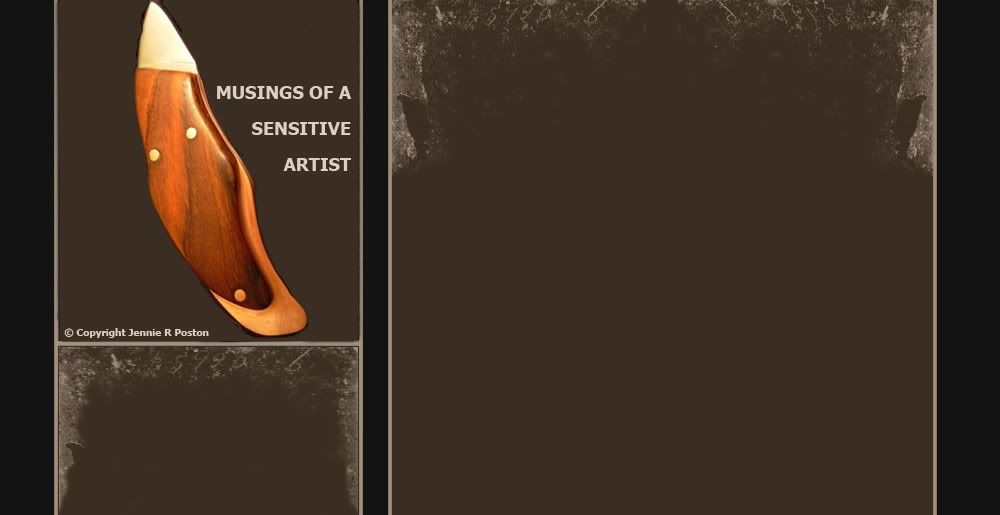Monday, June 26
Morandi and Chardin: White Paper
Although, Morandi‚s and Chardin‚s work have similar subject matter, their
approaches are significantly different. Each has a distinct style;
however, their work shares many analogous characteristics. Both Chardin
and Morandi place importance on fundamental formal elements such as
composition, balance, rhythm, contrast, unity, and object relationships.
They also share a willingness to assay with the boundaries presented by
these elements. Each have a tendency to take everyday objects, place them
in apparently basic compositions, and add subtle layers of significance.
While both are unique, they share common ties.
Chardin‚s textured and descriptive brush strokes create a nearly
photo-realistic painting. The crisp, distinct forms are depicted with a
beautiful subtlety. He is able to combine masterful technique, strong
composition, and an understanding of formal elements into a single,
breathtaking panel.
Morandi uses a limited palette and simplified objects in order to focus
on composition, tonal harmony, and structural order. By experimenting
with placement, value, and hue he tests the boundaries of negative space
and object relationships, while maintaining unity and rhythm.
The soft, muted palette used in Still Life (The Blue Vase) brings an
alluring simplicity to a complicated painting. Instead of overwhelming
the viewer with a more vivid palette, Morandi allows the strength of the
composition to show through. However; his value range is not limited by
this decision. His deliberate placement of each object creates an elegant
implied diagonal line that leads the viewers eye to the focal area of the
blue vase. This focal area is also aided by contrast in value and
temperature: the warmer, higher value of the other objects and the
background verses the cooler, lower value of the blue vase. Morandi
balances the strong concentration of forms using a well informed knowledge
of negative space. He also offsets the strong vertical elements of the
objects with the horizontal table, and implied rectangles in the negative
space. Also, their is a gorgeous balance between the largest bottle and
the shadow that falls off the table. A less significant focal area is
created in the organic form in the lower left corner of the table by setting it against
strong geometric elements. There is an attractive unity in the repeated
spheres and ellipses, and a beautiful rhythm throughout the work.
However; one could argue one possible drawback of Morandi‚s work is that
the images appear slightly flattened in places.
Unlike Morandi, Chardin‚s work is remarkably realistic, dexterously
manipulating the paint to describe form and surface. For Still Life with
Tea Pot, Grapes, and a Pear he uses a vivid palette that includes
complements. The vibrancy of the hues adds even more vitality to the
objects. Each item is carefully and skillfully chosen and placed in order
to create the most dynamic, but balanced composition. Chardin creates and
intriguing contrast by using organic forms to create implied geometric
shapes: the fruit and walnuts can be simplified into triangles and the
teapot into a square. This can also be seen in the negative space, and
serves as a place of tension in the implied triangle formed by the two
stems and the spout. Another intriguing tensions is created by the
overhanging grapes. Despite this tension, there is also a strong sense of
balance, which is aided by the choice of color, placement, and lighting.
One of the key elements in the piece is the variety of contrasts: the
vertical tea pot and pear verses the horizontal walnuts, grapes, and table, the complimentary
reds and greens, the white tea pot on the low value background, organic
verses geometric, and manmade verses natural. Chardin also seems to hint
at a subtle, ironic comparison by having the manmade tea pot mimic the
form of the grapes and pear. He is able to intertwine all these elements
and unify them with the rhythmic repetition of spheres and ellipses. The
piece comes together magnificently, with each piece resonating off another
to produce a single product.
While I am personally drawn to the more realistic work of Chardin in some
cases, I have deep respect and admiration for both artists. I am in awe
of each artists' talents and attention to minute detail. I especially
enjoy the multiple levels in each painting; the beautiful layers
underneath such seemingly simple compositions. Also, the adventurous
experimentation that is a vital characteristic of all artists strongly
appeals to me. They seem to be driven to test the boundaries of art in
every way possible. I revere their skill, imagination, curiosity, and
bravery.
© 2002 Jennie R Poston
Posted by SensitiveArtist ::
6:44 PM ::
0 comments


Post a Comment
-------------------------------------

